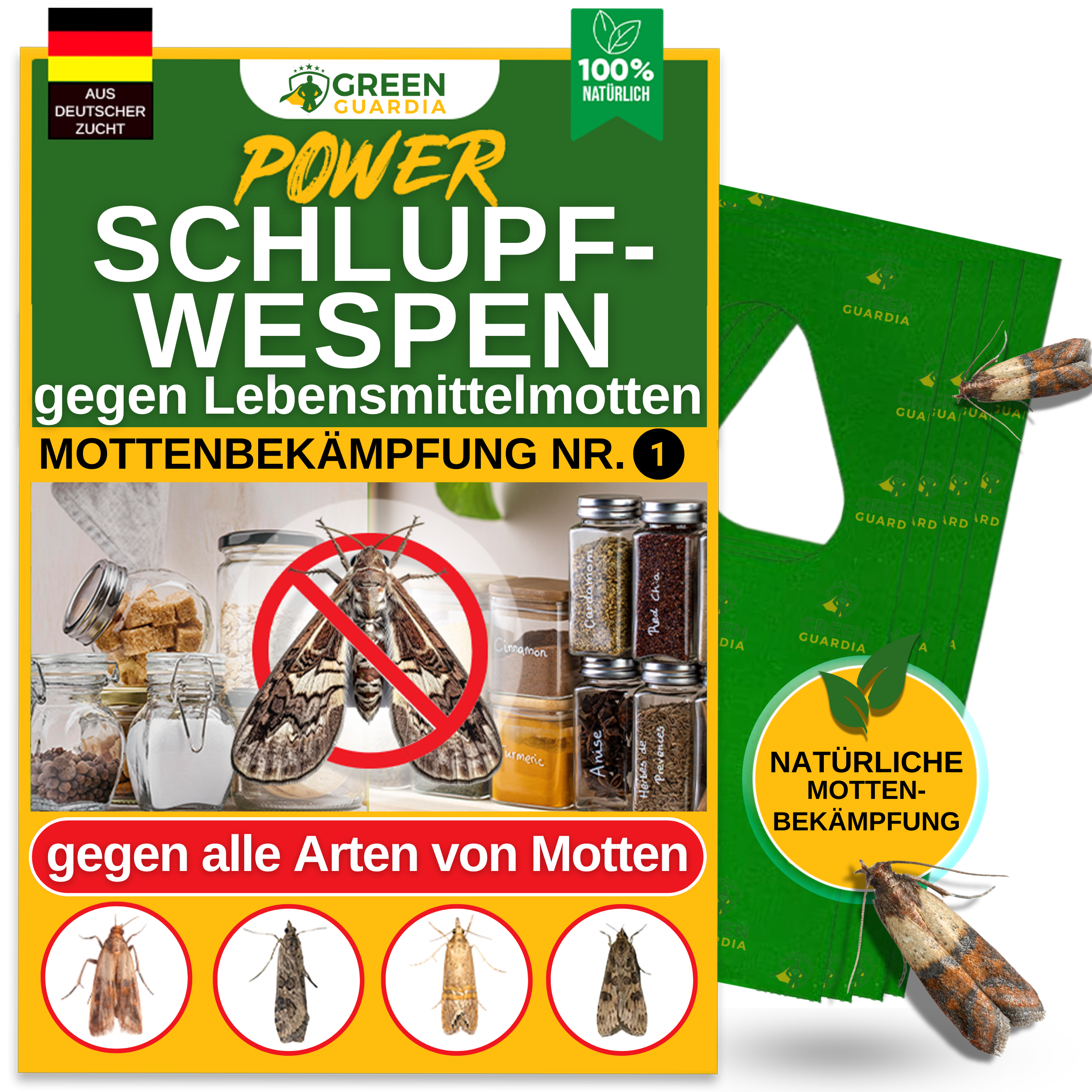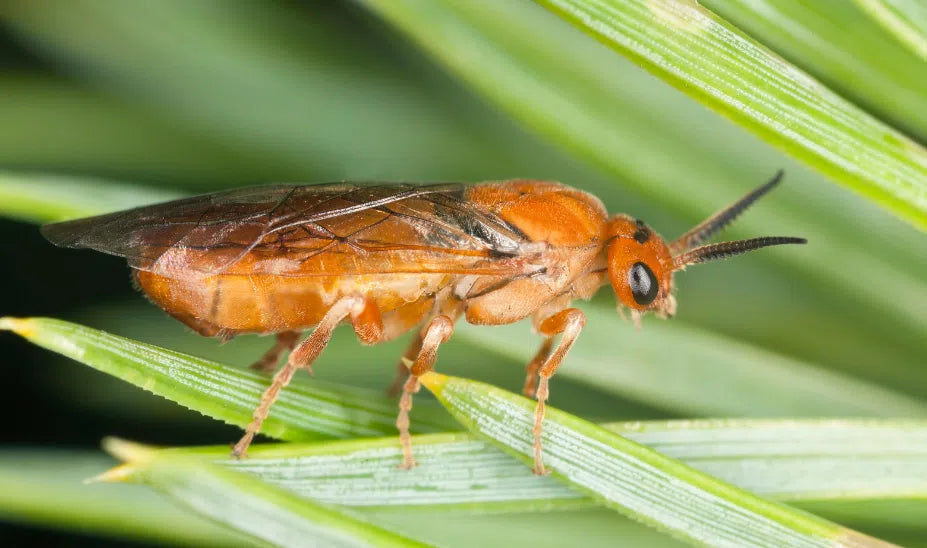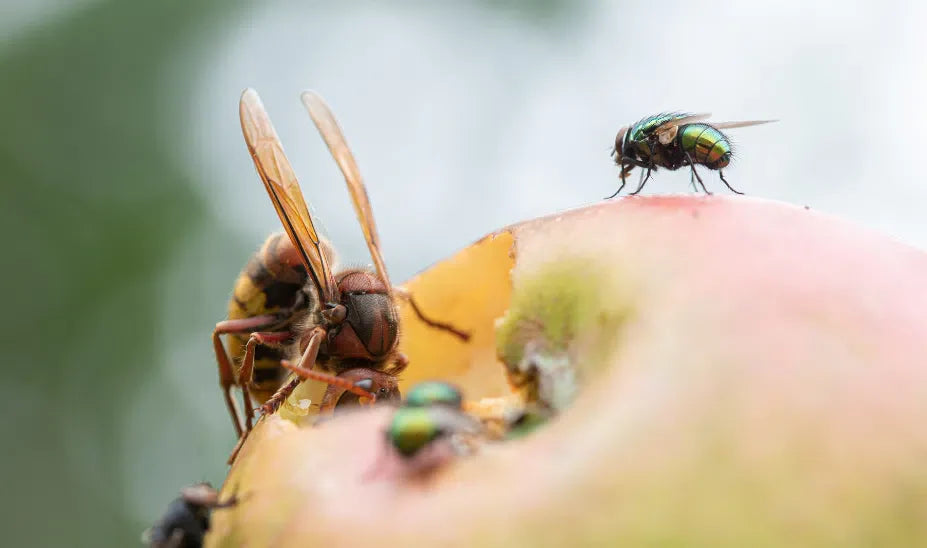Combat cabbage white butterflies naturally – How to protect your harvest
Cabbage white butterflies are among the most persistent pests in the garden—especially in cabbage varieties such as broccoli, Brussels sprouts, and arugula. The caterpillars of the cabbage white butterfly quickly devour the leaves, causing significant damage to the plant.
In this article, you will learn how to reliably identify cabbage white butterflies, combat them effectively and naturally, and prevent future infestations – all without chemicals.
An overview of the pest
The Large Cabbage White (Pieris brassicae) is a common butterfly with pale wings and black spots. However, the real threat comes from its larvae. These prefer to feed on cruciferous vegetables such as cabbage, broccoli, and arugula and can cause significant damage in a short time.
Life cycle and reproduction
- Egg laying: The females lay yellow eggs on the undersides of cabbage leaves.
- Caterpillar stage: The hatched caterpillars eat through the foliage and shed their skin several times.
- Pupation: Adult caterpillars pupate on solid surfaces, often on plant stems or walls.
- Butterfly: After metamorphosis, the fully developed butterfly emerges – the cycle begins again.
In Central Europe, two to three generations develop per year. The sooner you intervene, the better you can limit the damage.
How to recognize an infestation
- Large holes in the leaves of your cabbage plants
- Yellowish eggs on the underside of the leaf
- Green-yellow striped caterpillars with black spots
- Heavily eaten or bare plants
Natural methods to combat
Parasitic wasps (Trichogramma brassicae)
These tiny beneficial insects parasitize the cabbage white butterfly eggs, preventing the voracious caterpillars from hatching. They are particularly effective at the onset of an infestation and are easy to apply.
Lacewing larvae (Chrysoperla carnea)
The lacewing larvae are active predators and eat the caterpillars of the cabbage white butterfly – ideal when there is already visible damage to the plants.
Other methods
- Collecting: Check the plants regularly and remove caterpillars by hand.
- Insect nets: Prevent butterflies from laying eggs.
- Companion plants: Plants such as dill or marigolds have a deterrent effect on the cabbage white butterfly.
Preventive measures
- Early check of leaf undersides for egg deposits
- Release parasitic wasps in good time
- Use lacewing larvae if infestation is visible
- Stretching nets on cabbage beds
- Integrate defensive companion plants
Products for natural control
In our range you will find a range of natural products to combat the cabbage white butterfly:
- Ichneumon wasps (Trichogramma brassicae): Target the eggs of the cabbage white butterfly
- Lacewing larvae (Chrysoperla carnea): Effective against already hatched caterpillars
- Insect protection nets: Ideal for preventive use on flowerbeds
All products are environmentally friendly, safe for humans and pets, and easy to use.
Conclusion
The cabbage white butterfly can pose a significant threat to your harvest – but with the right measures, natural and effective control is possible.
Whether with parasitic wasps , lacewing larvae or mechanical protection: you have everything at your fingertips to make your cabbage plants grow healthy and strong – without any chemicals.
Start environmentally friendly pest control in your garden now!












